Tag: Heintzelman (Samuel P.)
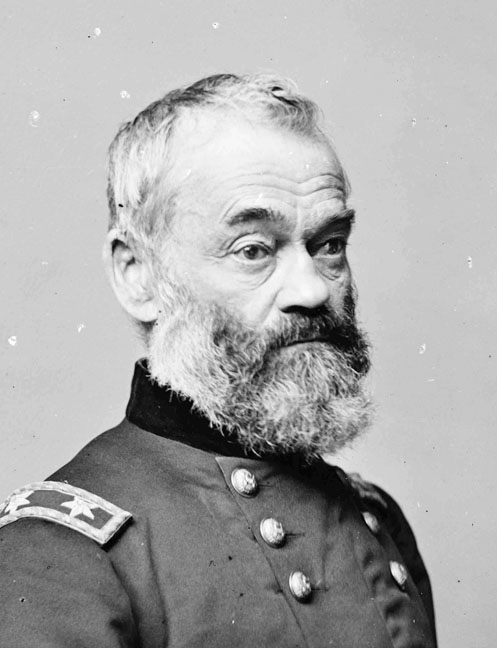 Wikipedia says: Samuel Peter Heintzelman (September 30, 1805 – May 1, 1880) was a United States Army General. He served in the Seminole War, the Mexican-American War, the Yuma War and the Cortina Troubles. During the American Civil War he was a prominent figure in the early months of the war rising to the command of a corps.
Wikipedia says: Samuel Peter Heintzelman (September 30, 1805 – May 1, 1880) was a United States Army General. He served in the Seminole War, the Mexican-American War, the Yuma War and the Cortina Troubles. During the American Civil War he was a prominent figure in the early months of the war rising to the command of a corps.
…At the outbreak of the Civil War, Heintzelman became the colonel of the 17th Pennsylvania Infantry, and was soon promoted to command of a division in the Army of Northeastern Virginia. He was wounded at the July 1861 battle of Bull Run, but soon recovered and resumed his duties.
Heintzelman was in overall command of the 2nd Michigan Infantry regiment that was responsible for the raid, ransacking, and devastation of the Pohick Church in Lorton, Virginia, on November 12, 1861. The historic church was built in 1769 by George Washington, George Mason, and George William Fairfax, among others, and restored after the War of 1812 by President Martin Van Buren, John Quincy Adams, and Francis Scott Key, among others. This ransacking caused the loss of a myriad of irreplaceable artifacts.
He commanded the III Corps of the Army of the Potomac in the Peninsula Campaign. His corps played a prominent role in the siege of Yorktown where Heintzelman and division commander Fitz John Porter were among the first to use the Union Army Balloon Corps. The corps bore the brunt of the fighting at Williamsburg and saw significant action at Fair Oaks and Oak Grove. His corps was temporarily attached to the Army of Virginia and took part in the Second Battle of Bull Run. He was commissioned as a brevet brigadier general in the regular army for the battle of Fair Oaks and a major general of volunteers for the battle of Williamsburg. His popularity and confidence in the army were eclipsed by the aggressive nature of his subordinate division commanders Joseph Hooker and Philip Kearny. Relieved of duty with the Army of the Potomac in late 1862, he was assigned to the defense of Washington, D.C. in command of the Department of Washington. For the remainder of the war he commanded the Northern Department.
Showing all 14 results
-
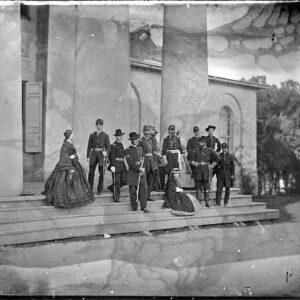
Image ID: ACOL
$4.99 -
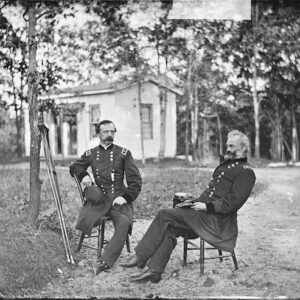
Image ID: ADOE
$4.99 -
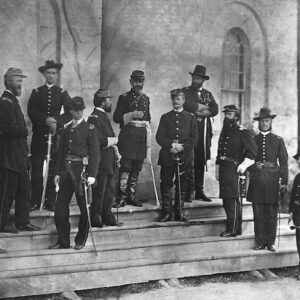
Image ID: AFYP
$4.99 -
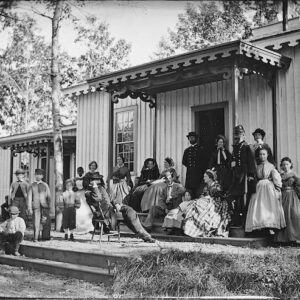
Image ID: AGTK
$4.99 – $6.99 -
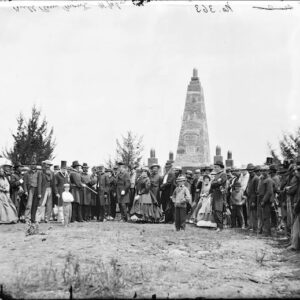
Image ID: AIJW
$6.99 -
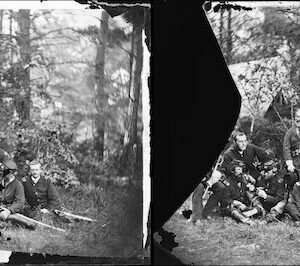
Image ID: AJSM
$6.99 -
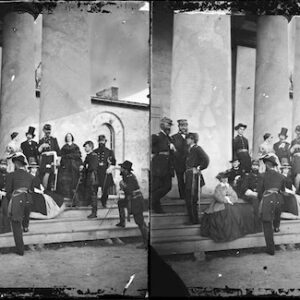
Image ID: AKOQ
$6.99 -
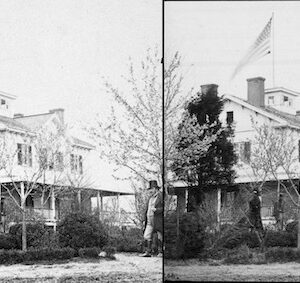
Image ID: AKOS
$0.99 – $6.99 -
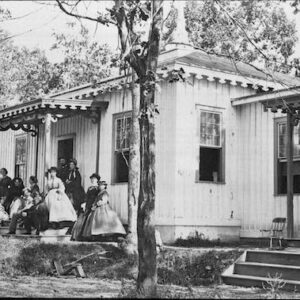
Image ID: ANBW
$1.99 -
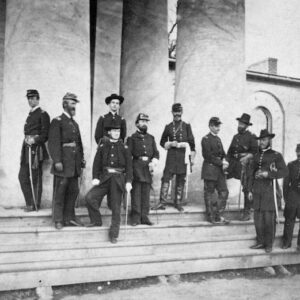
Image ID: AOPT
$4.99 -
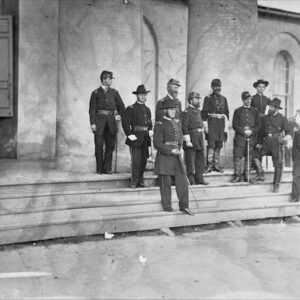
Image ID: APGD
$6.99 -
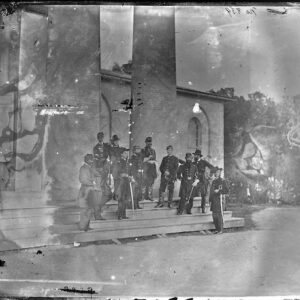
Image ID: APGG
$5.99 – $6.99 -

Image ID: AQUP
$6.99 -
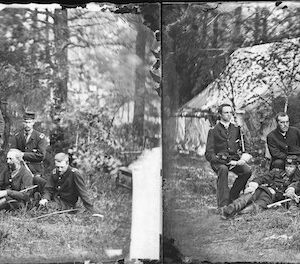
Image ID: ARNP
$5.99